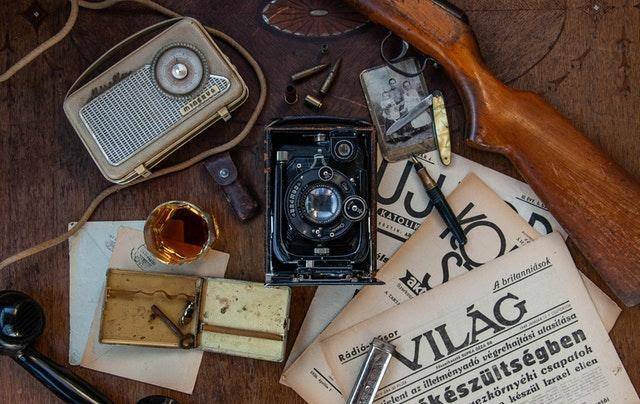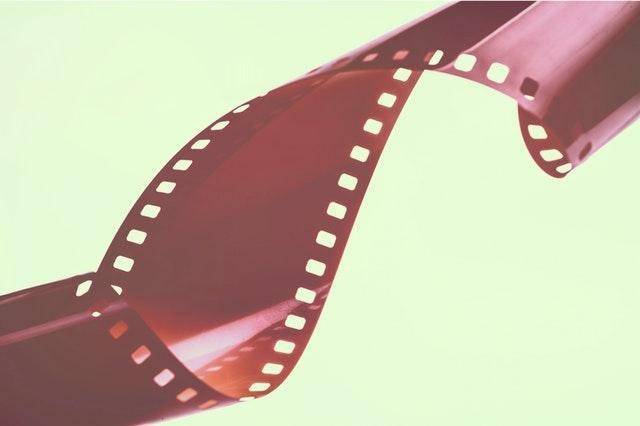Found a dusty box of old reels in your dad’s garage? That treasure hunt feeling hits different when you’re holding actual 8 Millimeter vs. Super 8 Millimeter Film in your hands. But here’s the thing – unless you know what you’re looking at, those memories might as well be hieroglyphics.
After spending countless hours digitizing family archives and working with vintage film equipment, I’ve cracked the code on telling these formats apart. Trust me, it’s way easier than you think once you know the cheat codes.
The Quick Visual Test
Before we dive deep, here’s your rapid-fire identification method. Grab the reel and look at the sprocket holes (those square perforations on the edge):

Big rectangular holes = Standard 8mm
Small square holes = Super 8
That’s it. You’re done. But stick around – there’s more to this story that’ll make you the film expert in your crew.
Frame Size: The Dead Giveaway
The frame size difference between these formats is like comparing a smartphone screen to a tablet. Super 8 frames are 50% larger than standard 8mm, measuring 5.79mm compared to 4.5mm on regular 8mm film.
Picture this: you’re looking at two movie posters side by side. The Super 8 poster gives you more visual real estate – better picture quality, sharper details, and that cinematic feel that made it the go-to choice for aspiring Spielbergs in the ’70s.
This size boost wasn’t just about bragging rights. Kodak specifically designed Super 8 with larger frames to improve image quality and accommodate soundtracks when they launched it in 1965.
Sprocket Holes: Your Primary ID Tool
Here’s where things get technical but stay with me – this knowledge is your superpower.
Standard 8mm sprocket holes:
- Larger and rectangular
- Positioned between frames
- Take up significant space, limiting frame size
Super 8 sprocket holes:
- Smaller and nearly square
- Centered beside each frame
- Remarkably smaller to allow for the 50% larger frame size
Think of it like real estate – Super 8 maximized the property value by shrinking the “infrastructure” (sprocket holes) to give more space to what matters (the actual image).
The Cartridge vs. Spool Story
This difference shaped how people actually used these formats. Standard 8mm required manual threading – you’d load the film like a pro photographer changing rolls. Super 8 changed the game with drop-in cartridges.
Super 8 cartridges made loading foolproof and eliminated threading hassles. No more fumbling in dim light or dealing with film jams that could ruin your kid’s birthday party footage.
It’s the difference between manually cranking your car and hitting push-to-start. Both get you moving, but one’s clearly built for the modern era.
Sound Capabilities: The Audio Revolution
Here’s something that blows people’s minds – some of these old films have sound tracks. Super 8 was specifically designed to accommodate soundtracks, identifiable by a thin rust-colored strip along the film edge.
Standard 8mm rarely had sound capabilities, and when it did, it was usually added after processing. Super 8, especially post-1973 models, came ready for the full cinematic experience.
Picture Quality: Why Super 8 Won
The visual difference is night and day. Super 8 films recorded at 18 fps versus 16 fps for standard 8mm, appearing smoother and closer to digital quality.
Imagine watching a slideshow versus a smooth video – that’s the jump in quality we’re talking about. Super 8 also handled different lighting conditions better, reducing those harsh shadows and blown-out highlights that plagued earlier formats.
What This Means for Digital Conversion
Knowing your format matters for digitization. New Super 8 film is still available from Kodak in 2025, and equipment is easier to find than standard 8mm gear.
If you’re planning to convert these reels to digital, Super 8 generally produces better results due to the larger frame size and improved film stock. However, both formats deserve preservation – those grainy 8mm home movies have their own nostalgic charm.
The Bottom Line
Quick ID Checklist:
- Small square sprocket holes = Super 8
- Large rectangular sprocket holes = Standard 8mm
- Rust-colored stripe = Sound-capable film
- Cartridge vs. manual threading = Super 8 vs. Standard 8mm
Whether you’ve got standard 8mm or Super 8, you’re holding pieces of history. These formats revolutionized how families captured memories, turning everyone into amateur filmmakers decades before smartphones made video recording universal.
Don’t let those reels gather more dust. Get them digitized while the film’s still in good shape – because unlike digital files, celluloid doesn’t age gracefully.
Ready to preserve those memories? The clock’s ticking on film preservation. Every year you wait is another year of potential deterioration. Make the year you finally bridge the gap between analog memories and digital convenience.
Read more: Is Dailymotion Safe To Use and Watch Videos Online?




